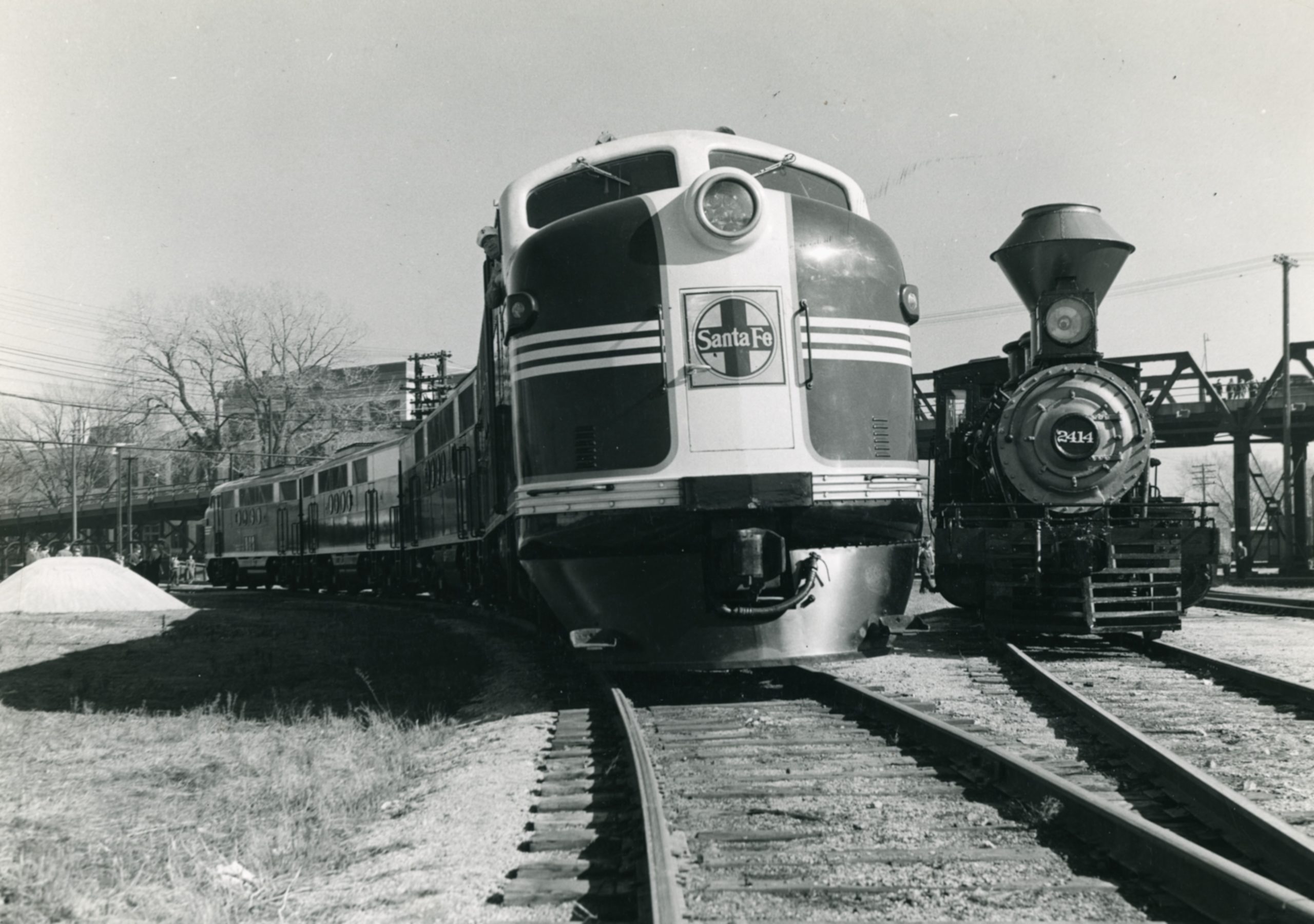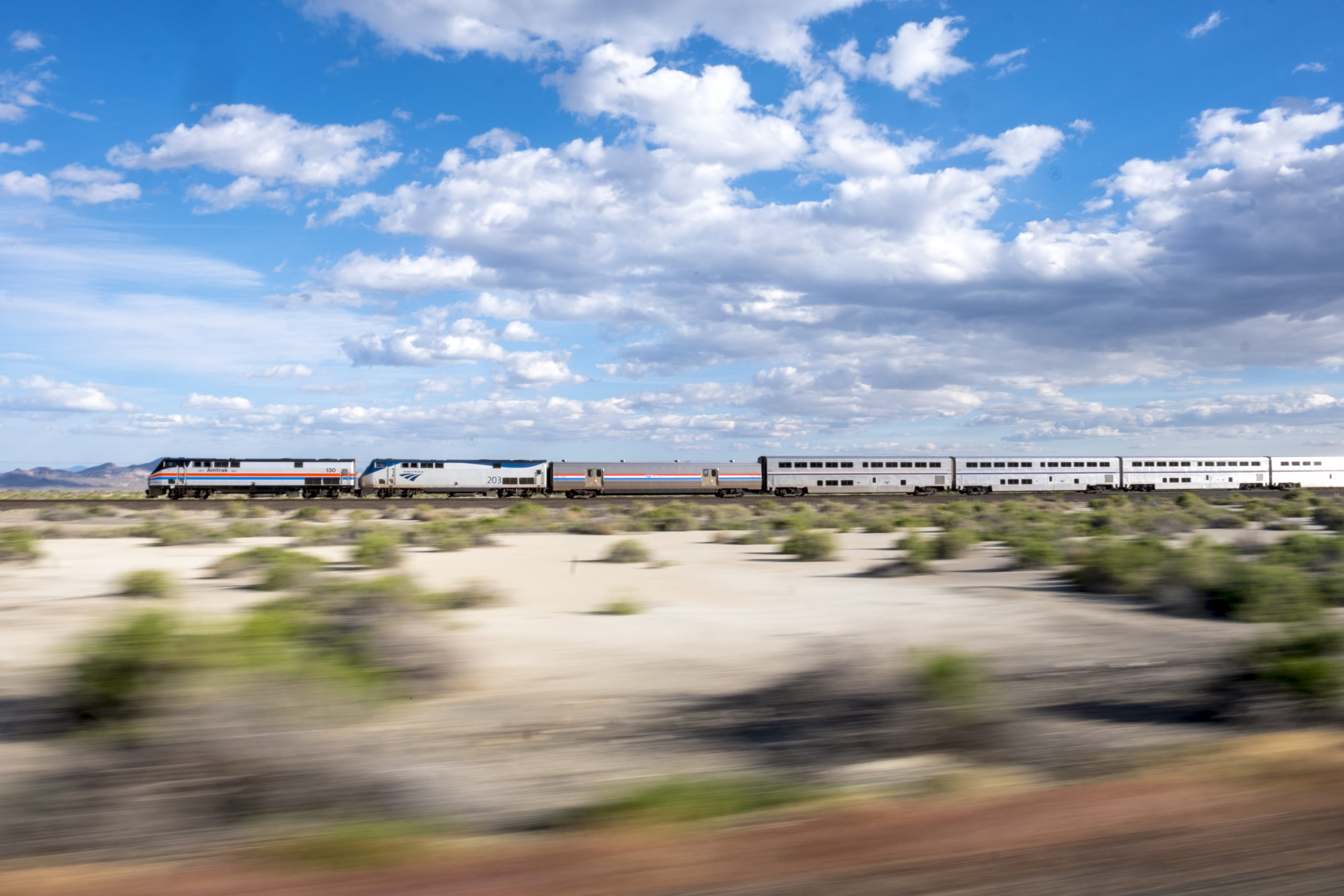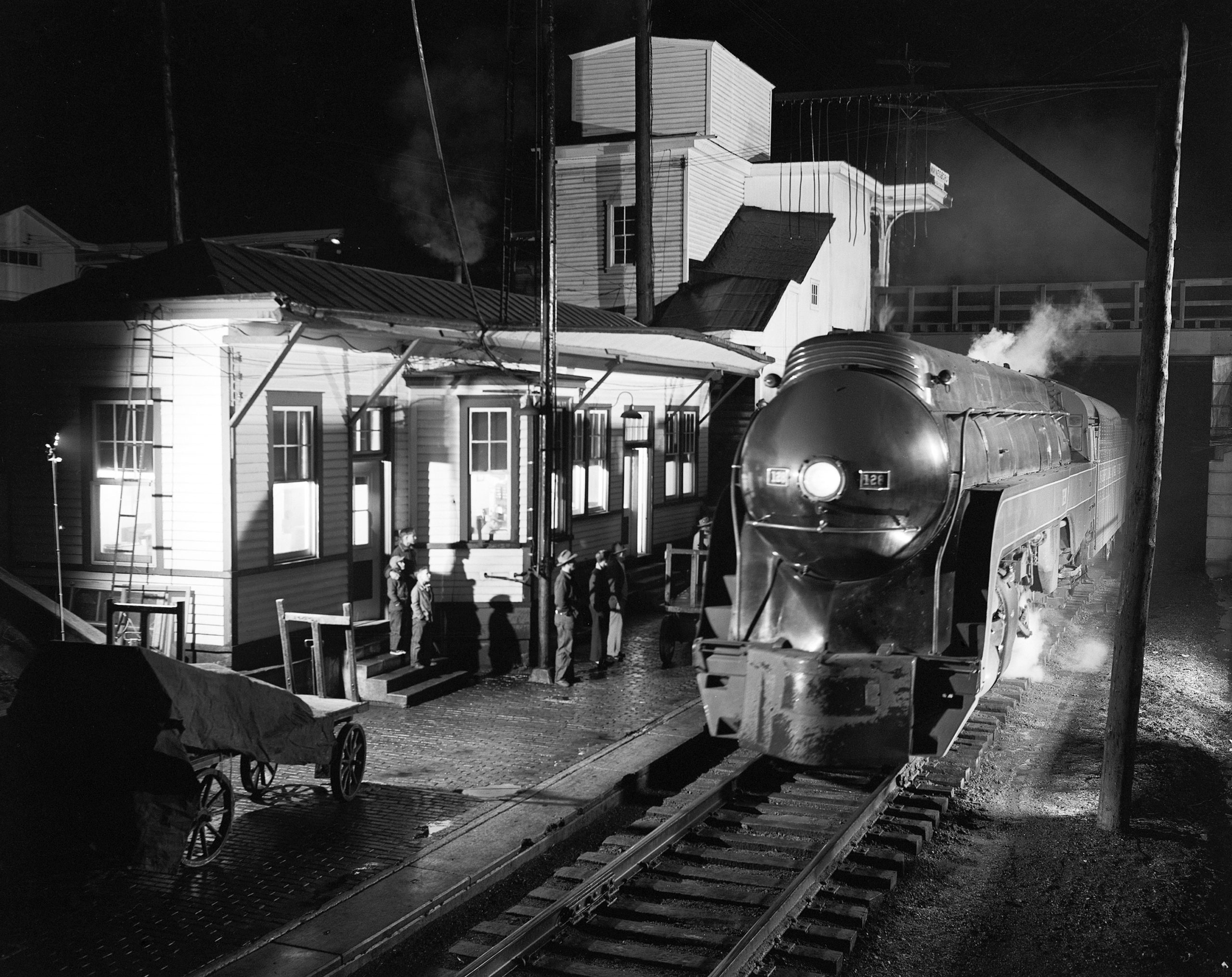Tuesday, October 25, 2022
7:00 p.m. (U.S. Central Time), on Zoom
The debut of Electro-Motive Division’s FT freight locomotive in 1939 and 1940 was a watershed for the railroad industry – the steam locomotive was on its way out. The FT’s first public appearances gave both EMD and the Santa Fe Railway a chance to show off their promotional muscle, and photographs would tell the tale. In a presentation inspired by Wallace W. Abbey’s upcoming Indiana University Press book “The Diesel That Did It,” we’ll look back on that moment when photographers recorded the start of a revolution. Presented by Kevin P. Keefe, co-editor of Abbey’s book along with Martha Abbey Miller.
Kevin Keefe is the retired vice-president-editorial for Kalmbach Publishing Co. and is a board member of the CRP&A. He served as editor of Trains from 1992 to 2000. As a student at Michigan State, he worked on Pere Marquette steam locomotive no. 1225, and he later authored a book about it.
This event is free.
 During its 1941 debut run, Santa Fe FT 100 poses at Topeka with historic 2-8-0 No. 2414. Credit: Santa Fe Railway, Kalmbach Media Library.
During its 1941 debut run, Santa Fe FT 100 poses at Topeka with historic 2-8-0 No. 2414. Credit: Santa Fe Railway, Kalmbach Media Library.

 Christopher May, First Prize, black-and-white
Christopher May, First Prize, black-and-white Ray Lewis, First Prize, color
Ray Lewis, First Prize, color
 UP, Portland, OR, 2011
UP, Portland, OR, 2011 UP, Amtrak California Zephyr, Lovelock, NV, 2019
UP, Amtrak California Zephyr, Lovelock, NV, 2019 Train #2 arrives at the Waynesboro Station, Waynesboro, Virgnia, April 14, 1955. Courtesy of the O. Winston Link Museum.
Train #2 arrives at the Waynesboro Station, Waynesboro, Virgnia, April 14, 1955. Courtesy of the O. Winston Link Museum.